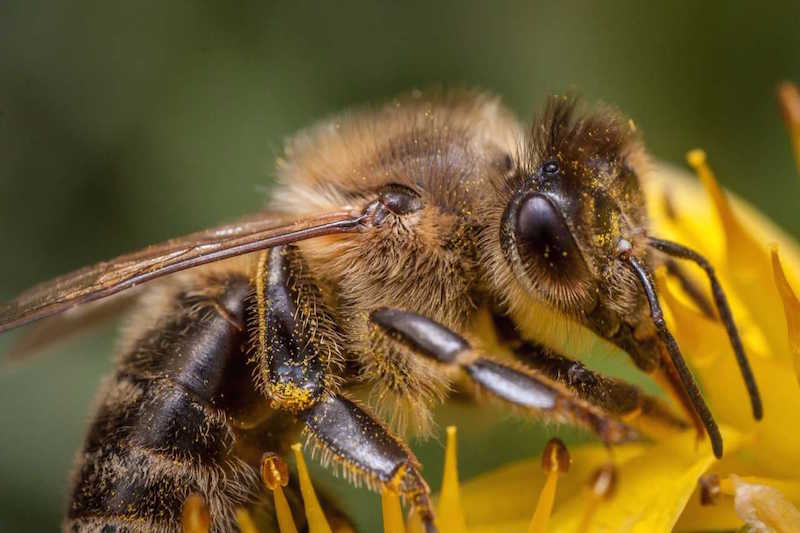Larger bees fly better in warm conditions than smaller bees, study finds

Larger tropical stingless bees fly better in hot conditions than smaller bees do, new research has found.
The finding runs contrary to the temperature-size 'rule,' which suggests that insects that rely on the external environment to control their temperature are larger in cold climates and smaller in hot ones, according to Science Daily.
"Most [insects] employ some means of behavioral thermoregulation. As body size increases, it's more likely that insects will be able to behaviorally and physiologically thermoregulate, especially in flying insects”, said lead author Meghan Duell, a graduate student at Arizona State University.
She explained that bigger bees, like bumblebees, are partially endothermic and can warm themselves up by shivering their flight muscles to produce heat but can’t constantly physiologically regulate body temperature.
They measured air and thorax temperatures of 10 species of stingless bees - which varied in body mass between 2 and 120 milligrams - to assess how well bees fly at high temperatures and the variations seen based on body size. They also measured leaf and flower surface temperatures and air temperatures in sun and shade within the bees' native tropical forest canopy.
The study looked at bees in the rainforests of Panama.
"If bees stop flying as often in hot temperatures, the amount of time they have to forage (and therefore pollinate flowering plants) decreases. This can mean they aren't able to collect enough food to maintain the colony," Duell said.
"On a large enough scale, this negatively impacts the overall bee population and the plants they pollinate while collecting pollen and nectar for food."
Therefore, better flying performance is an advantage for bees in hot climates. Bees that are unable to fly in hot conditions ultimately end up walking from flower to flower, which is far less efficient than flying and means they are subject to even warmer temperatures on the surfaces of flowers and leaves.
In the beginning, the researchers were expecting the smaller bees to perform better in hot weather, due to the size “rule.” However, their findings showed that large bees seem to have adapted to the high temperatures by using their ability to maintain their heat.
The flight performance advantage was also seen in cooler altitudes of the hot Panamanian rain forest.
"Essentially the bigger bees are exposed to higher temperatures -- sometimes in excess of 10 degrees Celsius hotter than air temperature -- because they produce a lot of heat while flying. That same heat producing ability gives them an advantage in cooler regions as well because they can be active earlier in the morning, later into the evening or on cooler days compared to smaller bees," Duell said.










































